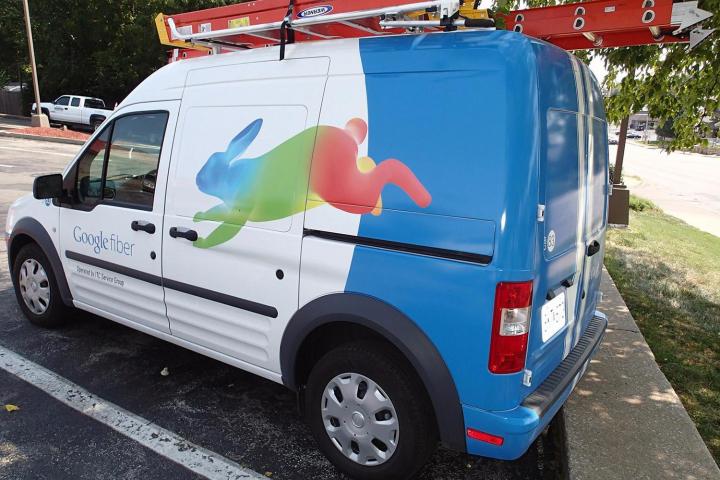
Now the seventh municipal area with Google Fiber, Salt Lake City might be the last with the fiber optic technology. Google Fiber is already available in Atlanta, Georgia; Austin, Texas; Charlotte, North Carolina; the Kansas City metro area in Missouri and Kansas; Nashville, Tennessee; and Provo, Utah.
There are 16 other areas on the list for expansion, which was originally going to be all fiber-based. Those additional areas are on hold while Google checks its options.
In Salt Lake City, the first Google Fiber service deployment “will cover roughly 112 blocks from 100 South to 800 South between 400 West and 1300 East,” The Salt Lake Tribune reported. The newspaper said that installation “could take a week or more after customers apply.” The rest of the city will be deployed in the coming months, but there is no firm schedule.
According to Ars Technica, gigabit internet in Salt Lake City will cost $70. Internet with TV will be $140 a month. Phone service costs another $10. Those people who’d be just as happy with 100Mbps internet can save $20 a month.
Google Fiber recently pulled back on plans to install its fiber product in San Jose and other Silicon Valley communities. Crews hired to dig in San Jose were offered work in San Diego on an unrelated project.
Two issues made Google rethink fiber. The politics, permitting, expense, and time it takes to run fiber optic cable underground in urban areas are extreme. Taking to the air would be a possibility but existing utility poles are controlled by other utility companies such as AT&T and Comcast who weren’t open to having a competitor use their poles.
Another factor more recently on the table is Google Fiber’s recent purchase of Webpass, which uses point-to-point wireless service at up to gigabit speeds. The issue with the Webpass system, however, it that it’s best for larger, multi-unit buildings and not all that practical for single homes spread out on a street.
As Google Fiber considers other metro areas on the list, the most likely prospect at this point is that the company will consider each in turn and implement hybrid solutions depending on the infrastructure characteristics of each region. It’s not inconceivable that fiber will be the choice in the ‘burbs and point-to-point wireless in denser urban areas.



